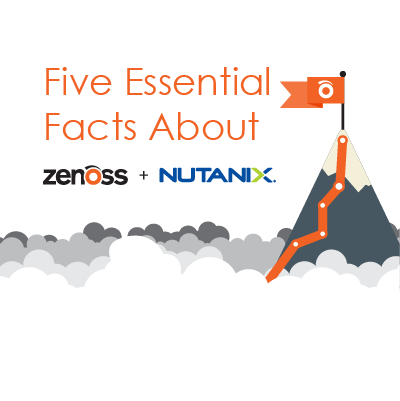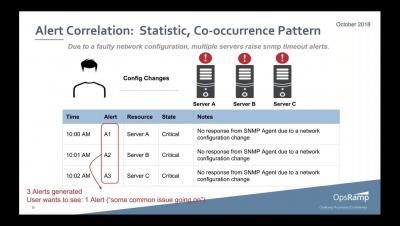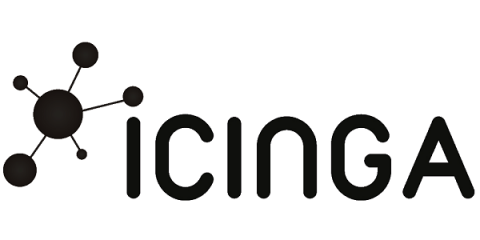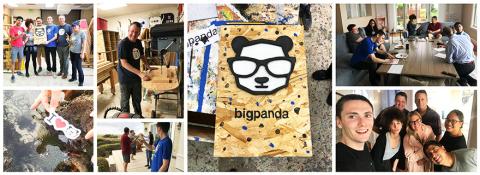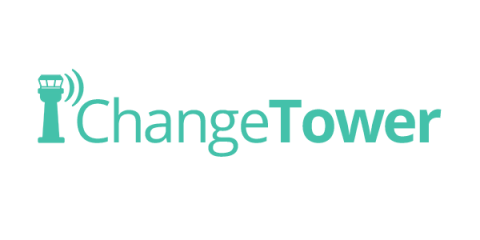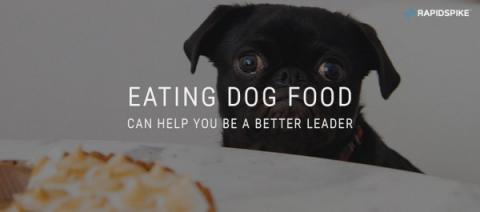Operations | Monitoring | ITSM | DevOps | Cloud
%term
Challenges and Solutions for Scaling Kubernetes in the Hybrid Cloud
When traffic increases, we need to have a way to scale our application to keep up with user demand. With Kubernetes multi-cluster management through Rancher, scaling has never been easier and more efficient. Read here about scaling Kubernetes and the challenges you might be facing when managing a hybrid cloud environment.
Introducing OpsRamp #OpsQ
Icinga 2.10.1 bugfix release
The namespace support in 2.10 caused a regression with the registered global scope being evaluated for API permissions with filters. This release fixes the problem, next to a problem with Windows packages not fully starting up. There’s also a fixed oversight with not setting a default environment constant. This affects setups checking the SNI header in external load balancers.
Have we discovered the secret sauce for successful offsites?
Offsite meetings can be great for getting things done. Being out of the office can clear the cobwebs, break down barriers, and lead to real breakthroughs. At BigPanda, the marketing team has started experimenting with how we run offsites, with the aim of trying to find a “secret sauce” that leads to success – maximizing both team building and task execution that we tackle in our offsites.
Event Ticket Sales: Receive Alerts the Moment Tickets Go on Sale
Being among the first to be notified when tickets go on sale online for events with high demand is paramount if you hope to secure tickets. Given the lucrative Secondary Market that’s emerged for event tickets (especially for concerts and sporting events), it’s become increasing difficult to acquire tickets for these popular events.
StatusCake App: New features available
With the newest updates to the StatusCake app you are now able to get a lot more done whilst on the go. We’ve added several features which we think will enhance the experience, and there’s a lot more to come over the next few weeks, so keep your eyes peeled!
Pull, don't push: architectures for monitoring and configuration in a microservices era
This year at Sensu Summit, Fletcher Nichol and I gave a talk on systems architecture entitled Pull, don’t push: Architectures for monitoring and configuration in a microservices era. In this post, I’d like to reiterate and expand on some of the concepts in that presentation and make some more concrete recommendations for systems design in an era of complex distributed systems.
Eating dog food can help you be a better leader
Eating your own dog food is a concept also referred to as dogfooding. This is when a company uses its own product which was made famous by Google and Microsoft who employ the tactic to test their products in real-world usage. Dogfooding can act as quality control, and can also be a kind of testimonial advertising. For leaders, it’s a way to truly understand what you have, help you set your future direction and understand the challenges your team face on a day to day basis.


